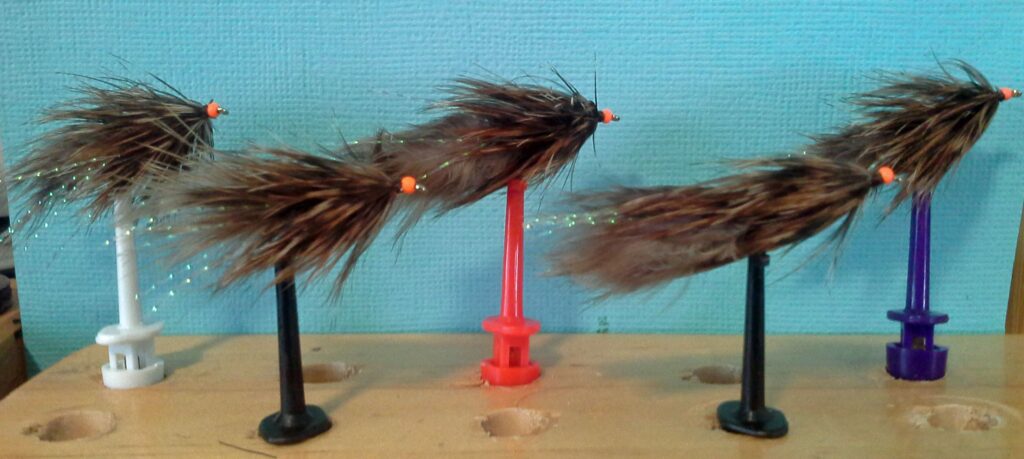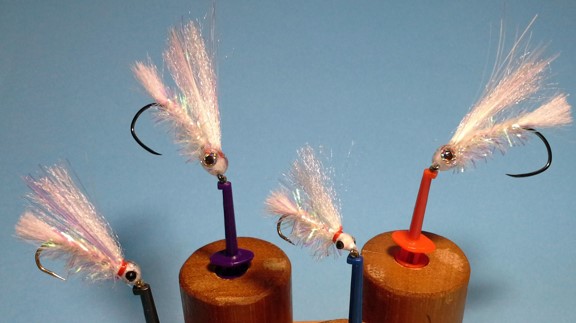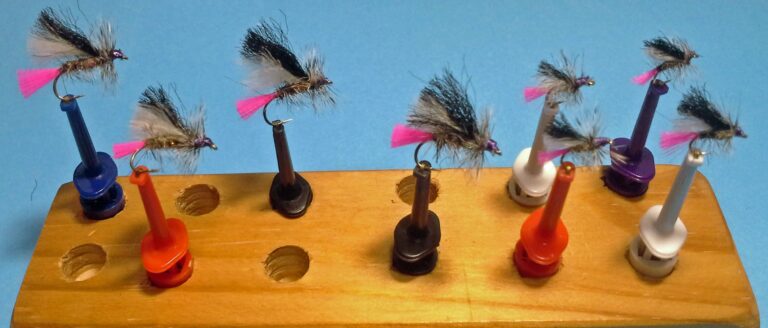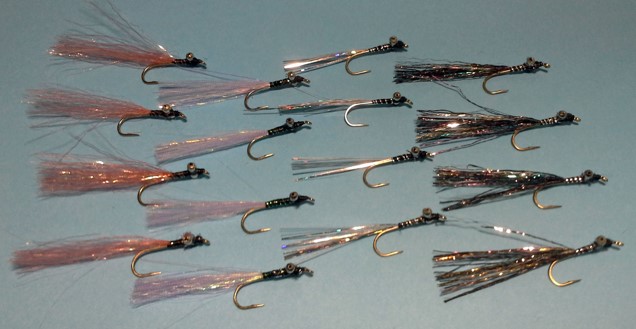If you’re a streamer junkie or just someone who appreciates flies that work hard in the water, Fed’s Mallee Fowl Soft Hackle Bugger is a pattern worth knowing. It’s a refined take on a lineage of smart fly designs—starting with Tim Flagler’s Brahma Bugger, reimagined by McFly Angler as the Better Woolly Bugger, and now evolved again by Fed into something uniquely tactile, visual, and deadly.
The Evolution Behind the Fly
Let’s break it down.
Tim Flagler’s original “Brahma” Bugger was a revelation: a Woolly Bugger on steroids. Instead of the classic hackle and chenille combo, it used chickabou tails and soft hackle collars to produce incredible motion and a lifelike silhouette in the water.
McFly Angler saw that brilliance and made it more accessible. His version—known as the Better Soft Hackle Bugger—used affordable soft hackle and chickabou (or mini marabou) instead of Whiting Brahma pelts. Same movement, lower cost, more flexibility.
Then Fed took that idea and brought it back to earth—literally—with the mallee fowl.
What Makes the Mallee Fowl Special?
Fed’s version doesn’t just imitate life. It embodies it. With components pulled from the Malleefowl—a native Australian ground bird—the fly takes on an earthy, mottled naturalism that screams “eat me” in just about any water.
Materials
- HOOK: 3X streamer size 10.
- THREAD: Sheer 14/0 brown.
- BEAD: Orange (optional), for that little pop of colour
- TAIL: Two bugger-style Mallee fowl feathers.
- HIGHLIGHT: Krystal Flash along the tail.
- BODY: Mallee fowl soft hackles.

The bright orange bead adds a pop of colour and just enough weight to help the fly sink quickly. The tail, tied with striped, webby, and highly mobile Malleefowl feathers (dyed purple in this version), offers lifelike movement and natural camouflage. A strand or two of Krystal Flash along the tail adds a touch of shimmer—enough to catch a fish’s eye without overwhelming the pattern. The body is built with palmered Malleefowl soft hackles, layered for a dense, breathing profile. Each wrap enhances movement and pushes water, bringing the fly to life.
The result? A streamer that pulses with life whether you’re stripping, swinging, or dead-drifting. The mottling of the Malleefowl feathers adds a wild, untamed look that fish trust instinctively.
How and Where to Fish It
This fly is a chameleon. You can throw it in a dozen different scenarios and get results:
- Swing it through riffles for aggressive takes from trout.
- Strip it along the bottom in lakes for bass or golden perch.
- Drop it off a sink-tip into deep pools—let it hover, then twitch it alive.
- Even salt? Absolutely. Its motion, flash, and profile make it a solid crossover fly for species like estuary perch or seatrout.
The optional orange bead not only helps get the fly down—it gives a hotspot visual cue, triggering predatory instincts in fish that react to colour contrast.
Why It Works
Fed’s Mallee Fowl Soft Hackle Bugger works because it embraces natural motion, layered textures, and a mix of subtle and loud. It’s got the soft silhouette and pulse of a traditional bugger, but with added realism from natural mottling, modern flash, and improved water displacement.
Every fibre moves. Every part has a job.
Tying Instructions
- Prep the hook
Crush the barb, slide on the orange bead, and secure the hook in the vise.
Pro tip: If the bead’s a tight fit, pinch the hook point slightly to help it slide over. - Thread base
Wrap thread from behind the bead to just past the hook bend, covering the shank completely.


- Tail
Tie in two Mallee fowl bugger feathers, curves facing outward, for a splayed tail.
Pro tip: Keep tail length about the same as the hook shank for balanced swimming action. - Flash highlight
Tie three strands of Krystal Flash on each side of the tail. Trim so they extend slightly past the tail tips.
- First body feather
Select a large Mallee fowl soft hackle. Tie in by the tips on the near side of the hook; thread torque will roll it onto the top. - Palmer forward
Wrap the feather in touching turns toward the bead. Tie off securely.


- Lock the stem
Make two thread wraps around the feather stem to keep it from unravelling.
Pro tip: Let the bobbin hang—its weight will hold tension while you trim the excess stem. - Repeat the process
Add the next feather right up against the last wrap and palmer forward. Continue until the entire shank is covered.
- Finish
Whip finish neatly behind the bead. - Fluff and train
Brush the fly to free any trapped fibres, then use a hair dryer on low heat to sweep the hackle fibres back for a streamlined, swimming profile.






